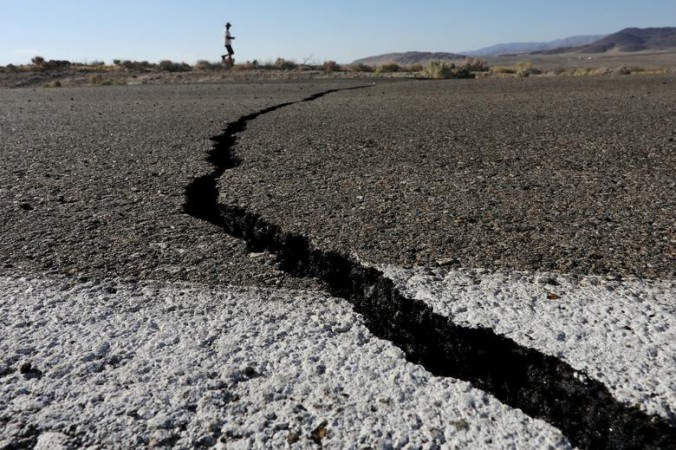
More than 43,000 people have already died in the coronavirus outbreak, and the latest updates suggest that the total number of infected patients has risen to 8,74,000. As the entire world is batting Covid-19, a self-proclaimed seismologist has bizarrely predicted that powerful earthquakes will occur on April 1 and April 2.
Planetary alignment causing earthquakes?
The earthquake predictions are being made by self-proclaimed seismologist Frank Hoogerbeets. On his website Ditrianum.org, Hoogerbeets claims that planetary alignment will trigger seismic activities on earth beginning March 31.
"Earth's alignment with Mars and Saturn on the 31st is likely going to trigger a mid to high 6 magnitude earthquake in the next two-three days," writes Hoogerbeets on his website.
If such an earthquake happens, it will trigger massive devastation on a regional scale, and also cause casualties and structural damage.
Interestingly, just a few hours after Hoogerbeets' predictions, a powerful earthquake measuring 6.5 on the Richter scale hit Idaho in the United States. It was the strongest in the state since the 1983 Borah Peak earthquake.
How is Hoogerbeets making earthquake predictions?
Hoogerbeets, on his website, claims that he is using an advanced system named SSGI (Solar System Geometry Index) to predict earthquakes. As per Hoogerbeets, certain planetary alignments will unleash a stream of electromagnetic waves on the earth, and the phenomenon will destabilize the tectonic plates on the earth, which will primarily result in powerful earthquakes.
However, seismic experts argue that the predictions made by Hoogerbeets have no scientific basis. As per these skeptics, no current technology on earth is capable of predicting earthquakes with such precision.
"Neither the USGS nor any other scientists have ever predicted a major earthquake. We do not know-how, and we do not expect to know how any time in the foreseeable future. USGS scientists can only calculate the probability that a significant earthquake will occur in a specific area within a certain number of years," says the USGS.









